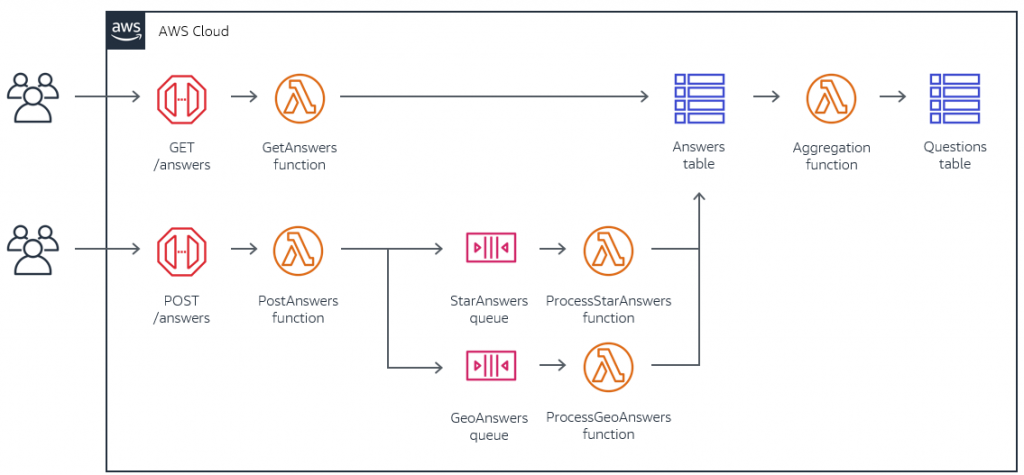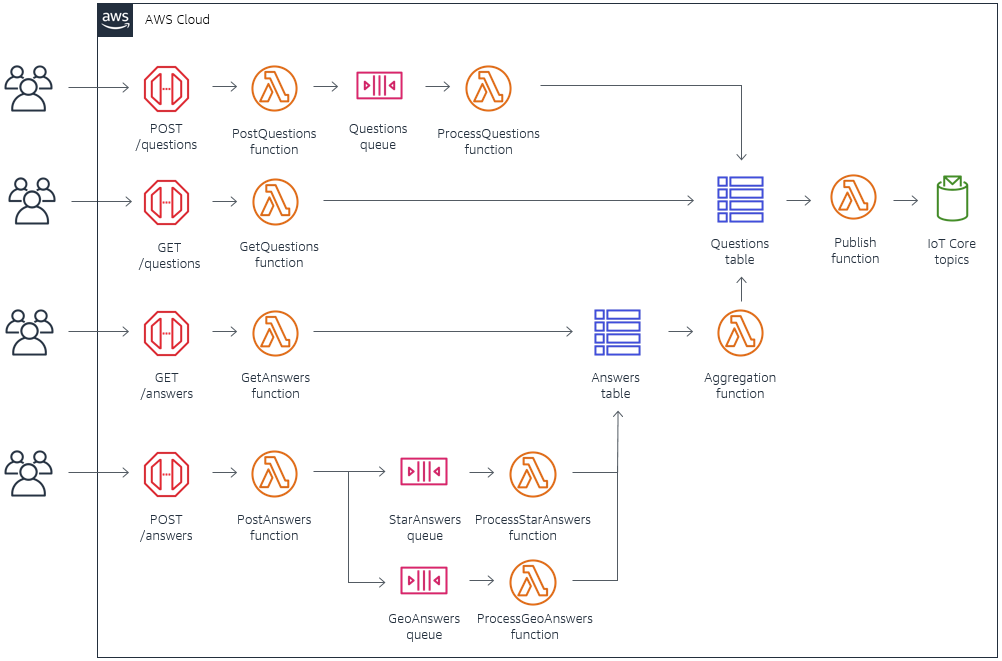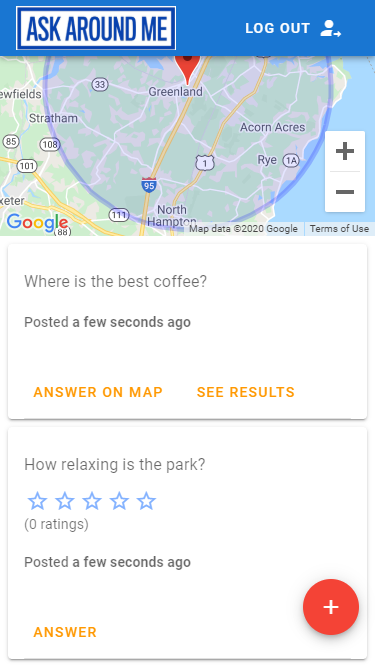AWS Compute Blog
Tag: Web App
Register for the Modern Applications Online Event
Earlier this year we hosted the first serverless themed virtual event, the Serverless-First Function. We enjoyed the opportunity to virtually connect with our customers so much that we want to do it again. This time, we’re expanding the scope to feature serverless, containers, and front-end development content. The Modern Applications Online Event is scheduled for […]
Using serverless backends to iterate quickly on web apps – part 3
Previously in this series, you deploy a simple workflow for processing image uploads in the Happy Path web application. In this post, you add progressively more complex functionality by deploying new versions of workflows.
Using serverless backends to iterate quickly on web apps – part 2
This post focuses on the business logic layer of the Happy Path application. I introduce Step Functions and show how you can use Amazon States Languages (ASL) to define state machines.
Using serverless backends to iterate quickly on web apps – part 1
In this post, I introduce the Happy Path example web application. I show the main features of the application, enabling end-users to upload maps and photos to the backend application.
Managing backend requests and frontend notifications in serverless web apps
Web and mobile applications usually interact with a backend service, often via an API. Many front-end applications pass requests for processing, wait for a result, and then display this to the user. This synchronous approach is only one way to handle messages, but modern applications have alternatives to provide a better user experience. There are […]
Building a location-based, scalable, serverless web app – part 3
In part 2, I cover the API configuration, geohashing algorithm, and real-time messaging architecture used in the Ask Around Me web application. These are needed for receiving and processing questions and answers, and sending results back to users in real time. In this post, I explain the backend processing architecture, how data is aggregated, and […]
Building a location-based, scalable, serverless web app – part 2
This post explores the backend architecture of the Ask Around Me application. I compare the cost and features in deciding between REST APIs and HTTP APIs in API Gateway. I introduce geohashing and the npm library used to handle geo-location queries in DynamoDB. And I show how you can build real-time messaging into your web applications using the publish-subscribe pattern with AWS IoT Core.
Building a location-based, scalable, serverless web app – part 1
In this post, I introduce the Ask Around Me example web application. Learn to build a serverless realtime, Vue.js web app in part 1 of this series.
Running Web Applications on Amazon EC2 Spot Instances
This post is contributed by Isaac Vallhonrat, Sr. EC2 Spot Specialist SA Amazon EC2 Spot Instances allow customers to save up to 90% compared to On-Demand pricing by leveraging spare EC2 capacity. Spot Instances are a perfect fit for fault tolerant workloads that are flexible to run on multiple instance types such as batch jobs, […]
Running high-scale web applications on Amazon EC2 Spot Instances
NOTE: Amazon EC2 Auto Scaling groups now lets you mix On-Demand, Spot and RIs, as well as different instance types, as described here. In the architecture described below, the Spot Fleet component can be replaced by an EC2 Auto Scaling groups. Contributed by Ran Sheinberg, Spot Specialist Solutions Architect, and the Appnext team At re:Invent […]









